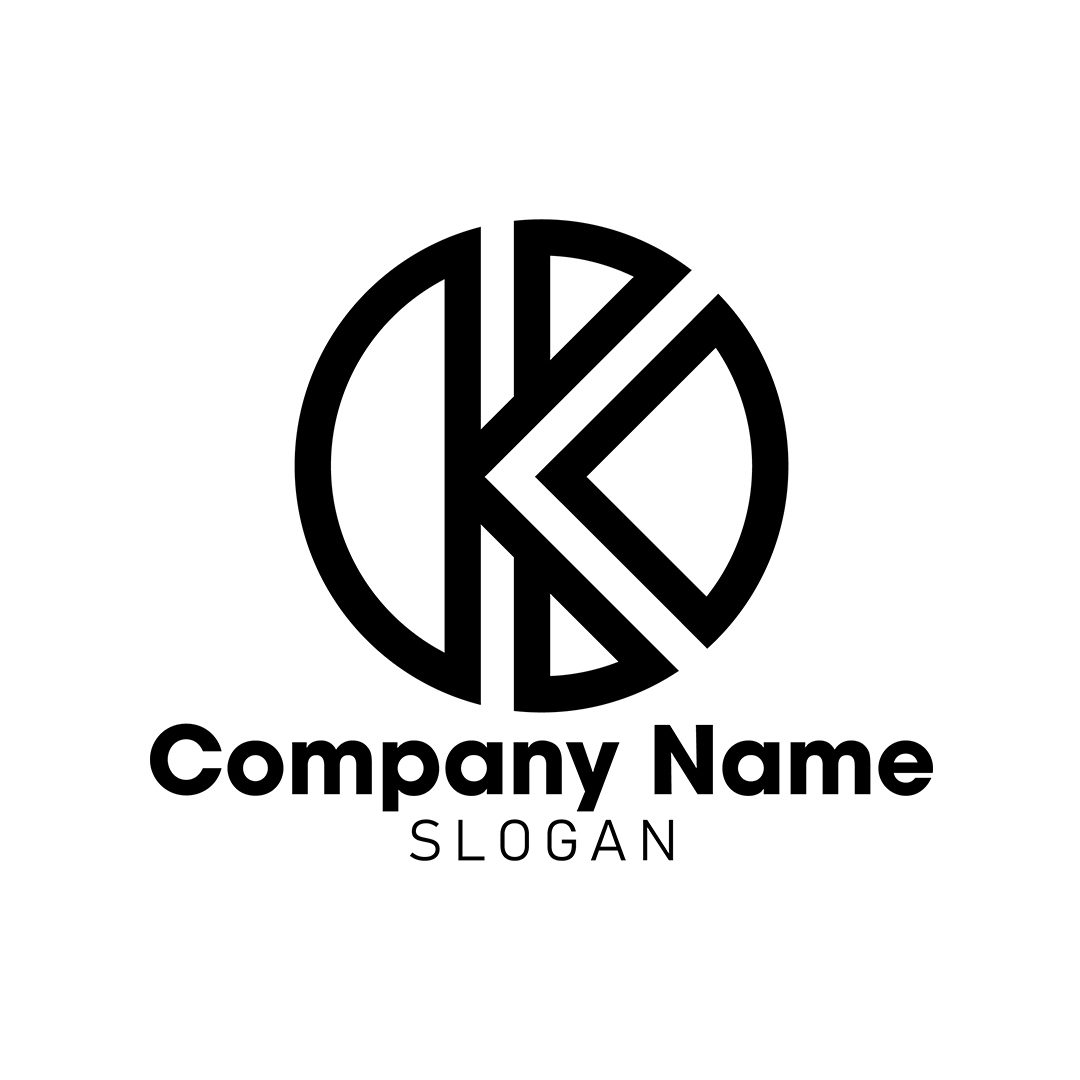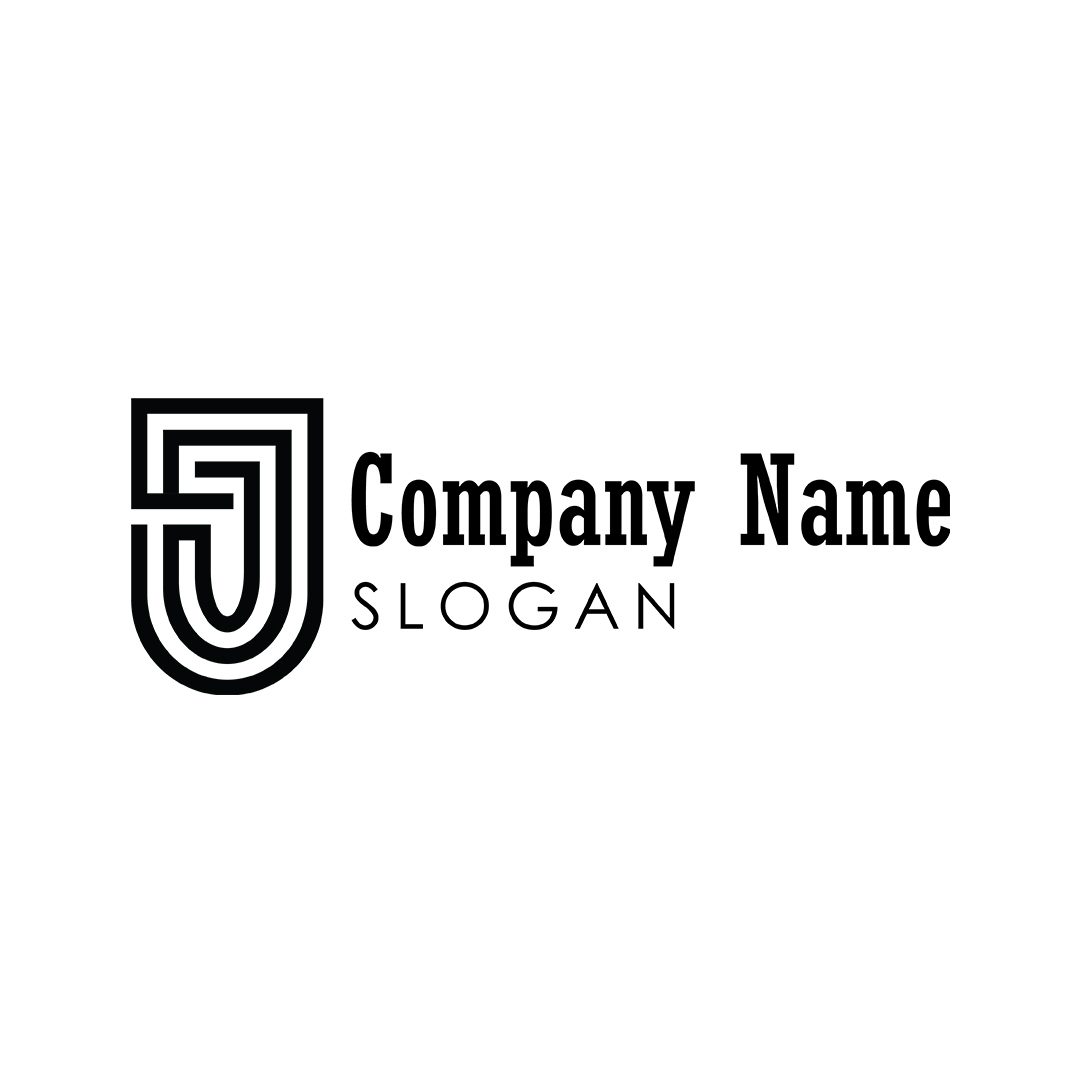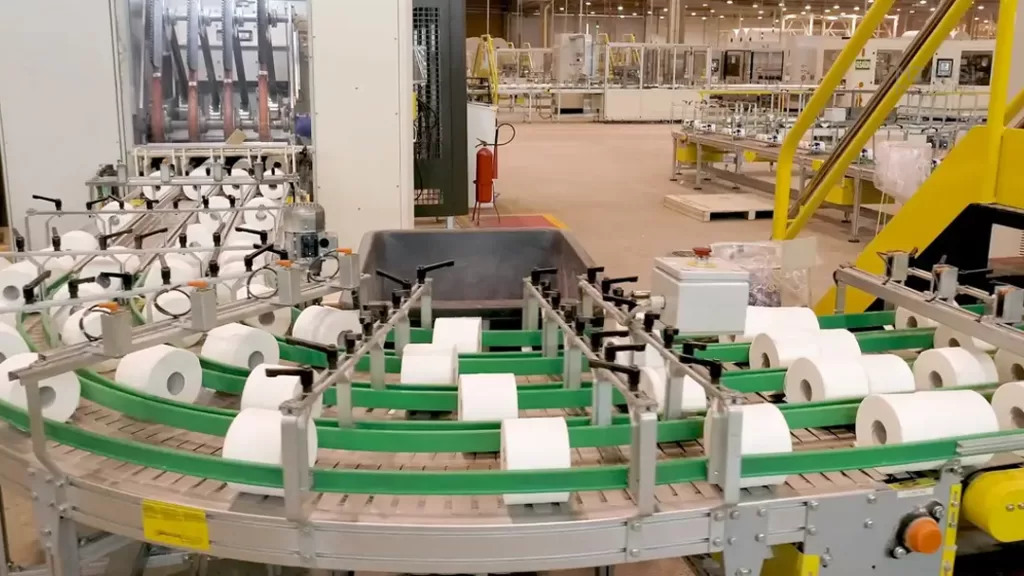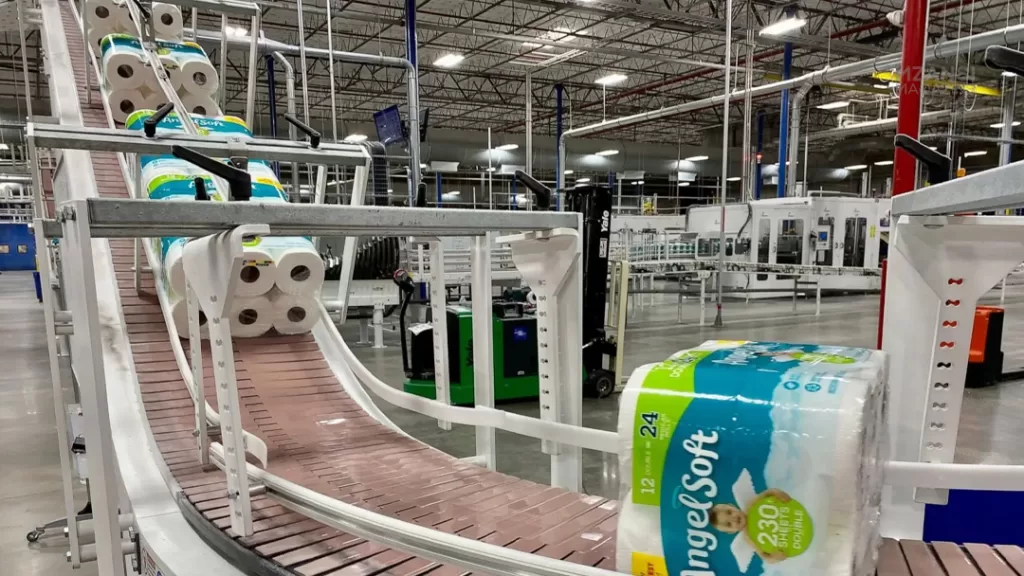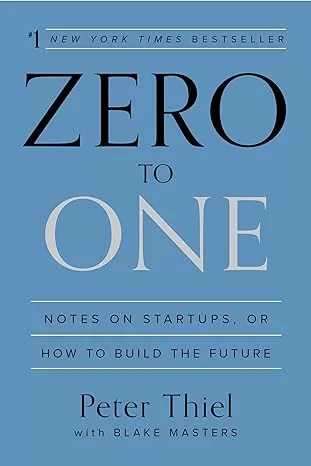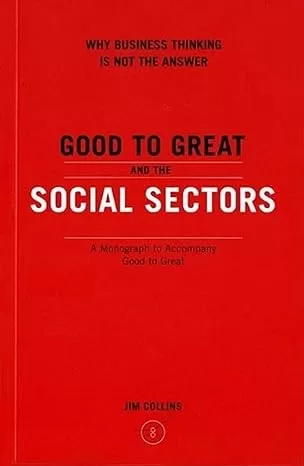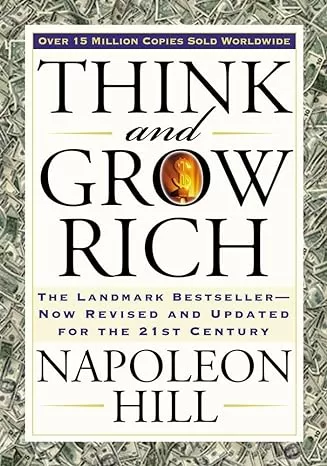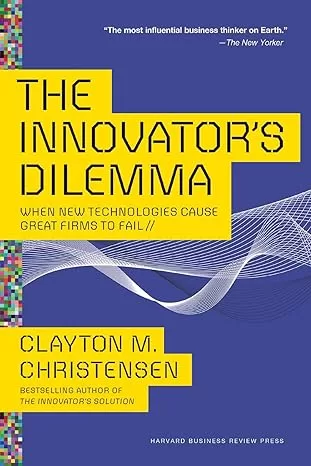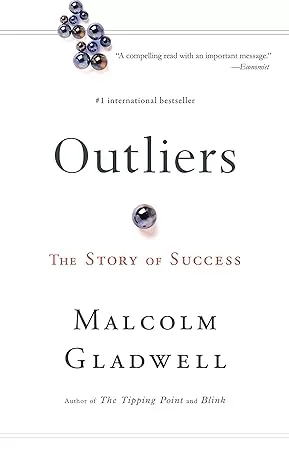Free Graphic Design Online Course Available in South Africa
Introduction to Graphic Design
Graphic design is a crucial component of modern communication, offering a dynamic channel to express ideas and messages through visual storytelling.
In South Africa, the availability of free graphic design courses further accentuates the significance of this creative discipline. Aspiring designers have a unique opportunity to immerse themselves in a world where colour, typography, and imagery converge to form a language that resonates across various platforms.
With a focus on accessibility, these courses enable learners to grasp the essentials of design theory and software proficiency, nurturing a talent pool in a country where the demand for creative minds continues to soar. By delving into graphic design, individuals in South Africa gain access to a gateway of visual innovation and creativity.
These free online courses cater to burgeoning creatives, allowing them to explore and refine their artistic capabilities. Moreover, these resources offer insights into design principles and tools, equipping learners with the necessary skills to navigate the competitive design landscape. As the digital era advances, the allure of visual communication remains at the forefront, and free graphic design courses cement the foundation for an inclusive and thriving creative community in South Africa.
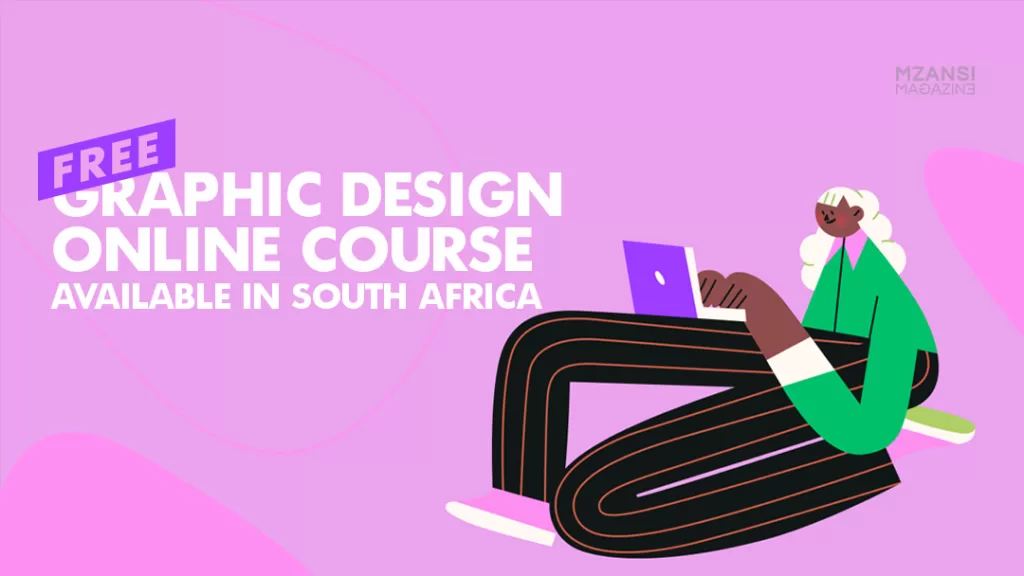
Online Learning and Its Advantages
Online learning is a beacon of educational accessibility, especially in South Africa, where the quest for knowledge transcends physical boundaries. Free graphic design courses, delivered through online platforms, offer an unprecedented advantage to enthusiasts and budding designers. These virtual classrooms eliminate geographical constraints, providing learners with the flexibility to engage in learning from any corner of South Africa.
The digital landscape not only allows for convenience but also caters to diverse learning styles and paces, ensuring that individuals have the freedom to craft their educational journey. Aspiring graphic designers can access many resources, tutorials, and materials conveniently, creating a more inclusive and adaptable learning experience.
Amidst the burgeoning popularity of online education, the advantages of partaking in free graphic design courses have become increasingly pronounced. The online setting not only offers the freedom to learn at one’s own pace but also allows individuals to balance their learning endeavours with other commitments.
Moreover, the accessibility to a wide array of courses provides a platform for aspiring designers to explore different facets of graphic design, from basic principles to advanced techniques. Online platforms foster a sense of community among learners, allowing for interaction, collaboration, and exchange of ideas, thereby enriching the learning process. This digital approach to education paves the way for a dynamic, all-encompassing learning environment in South Africa.
Understanding Free Graphic Design Courses
Understanding Free Graphic Design Courses in the context of available online resources in South Africa is essential for aspiring designers. These courses represent an invaluable opportunity for individuals to delve into graphic design without the financial constraints typically associated with traditional education. They provide a gateway for enthusiasts to explore the core principles, tools, and techniques integral to graphic design.
However, it would help if you addressed the importance of discernment. While these courses are free, ensuring their credibility and depth is crucial. Aspiring designers should critically evaluate the quality and authenticity of these resources, distinguishing between courses that offer comprehensive and credible content and those that might need more depth or reliability. Recognising reputable platforms and courses becomes fundamental, as it shapes the foundation of a learner’s knowledge and expertise in the dynamic field of graphic design.
In the landscape of South African free graphic design courses, learners can access a variety of offerings, ranging from basic to advanced levels. These courses cover various topics, including design theory, software proficiency, and practical application. Platforms such as Coursera, Udemy, and Canva provide a diverse range of courses, allowing individuals to tailor their learning based on skill level and specific interests.
By exploring these resources, individuals gain insights into the nuances of graphic design, equipping themselves with skills crucial for the contemporary design landscape. It’s vital for learners to not only grasp theoretical concepts but also to engage in hands-on practice, building a robust foundation in design that prepares them for real-world applications.

Exploring Free Graphic Design Courses in South Africa
Exploring Free Graphic Design Courses in South Africa unveils a landscape rich with diverse and accessible learning opportunities. Various platforms offer courses tailored to meet the needs of individuals at different proficiency levels. For instance, platforms like Coursera, Udemy, and Canva feature a broad spectrum of courses, from introductory modules to more advanced, specialised topics.
These resources empower learners to explore fundamental design principles, software proficiency, and creative applications within graphic design. With such platforms readily available, aspiring designers in South Africa can embark on a journey to expand their skill sets, catering to their unique interests and desired areas of expertise.
The abundance of free graphic design courses in South Africa not only offers theoretical knowledge but also encourages practical application. Learners can engage with hands-on projects, experimenting with design tools and techniques to enhance their practical skills.
Such a multifaceted approach ensures that individuals not only comprehend the theoretical aspects of design but also gain the necessary experience to thrive in the competitive design industry. The availability of varied courses allows learners to curate their learning experience, building a solid foundation and enabling them to create diverse and compelling visual content that aligns with their creative visions.
Top 78 Modern Minimalist Letters Logo Design
Minimalism can be applied to every aspect of our lives: from our homes and products to our website and social media graphics. We’ll dispel the concept of minimalism, and then show you some examples of great minimalist logos, and how you can achieve the look for yourself!
Simple, bold shapes and monochrome designs are characterized by minimal logos. They avoid extras that are unnecessary and focus on the core design concept. The result is an influential brand that translates easily to any medium or context.
Flat logos are the best examples of minimalist design. They apply all the additions, such as texture, gradient, and dimension, to create a 2D symbol with no realistic attributes. Simplicity makes the design bolder and more attractive.
Tips for Making the Most of Free Graphic Design Courses
To maximise the benefits of Free Graphic Design Courses available in South Africa, aspiring designers can employ several effective strategies. Consistent practice and application are fundamental, enabling learners to reinforce their understanding of design concepts and software proficiency. Engaging in practical projects that mirror real-world scenarios not only solidifies learning but also cultivates a portfolio showcasing acquired skills.
Seeking feedback from online communities or mentors allows for constructive critique, fostering growth and improvement. Embracing an active involvement in these platforms can aid in networking and fostering connections with like-minded individuals who share a passion for graphic design. Furthermore, utilising resources such as design challenges or workshops can provide hands-on experience, aiding in applying acquired knowledge.
Another significant tip for making the most of these free courses involves curating a robust portfolio. Design enthusiasts can collate their best work and personal projects, creating a portfolio that reflects their skills and style. Building a solid portfolio not only showcases proficiency but also provides a tangible demonstration of one’s creative capabilities to potential employers or clients. Additionally, staying updated with the latest design trends and software advancements is crucial in the fast-paced world of graphic design.
Enrolling in supplementary courses, attending webinars, or participating in online forums dedicated to design trends ensures that individuals remain current and competitive in the ever-evolving graphic design landscape. Adopting these strategies allows learners to maximise their learning experience, preparing them to navigate the dynamic and demanding field of graphic design with confidence.
The best imaging and graphic design software’s in the world are at the heart of almost all creative projects, from photo editing and compositing to digital painting, animation and graphic design. Photoshop, Illustrator & InDesign Tutorials for Beginners.
Warten Weg
Future Prospects and Opportunities in Graphic Design
Graphic design in South Africa presents a promising and abundant landscape of prospects and opportunities. As the demand for skilled designers continues to grow across various industries, those who possess knowledge gained from free online graphic design courses are well-positioned to explore a range of career paths. The creative landscape in South Africa is evolving, presenting numerous opportunities for individuals passionate about visual communication and design.
From working in design agencies to exploring freelance endeavours, the options are diverse and expansive. As the demand for digital content continues to soar, there is a growing need for skilled professionals who can conceptualise and execute engaging visual narratives, offering a wealth of opportunities for budding designers to carve their niche in the industry.
Moreover, the dynamic nature of the design industry in South Africa paves the way for diverse career possibilities. Skilled graphic designers can contribute to advertising, branding, web design, user experience (UX) design, and multimedia content creation. The versatility of the field allows for continuous exploration and growth, with potential for entrepreneurial ventures and creative collaborations.
As the creative economy in South Africa continues to burgeon, individuals proficient in graphic design and equipped with comprehensive knowledge from free online courses stand at the cusp of an array of opportunities, contributing to the innovative and ever-evolving landscape of visual storytelling and communication.
Canva Design School
Canva Design School is a highly accessible and resourceful platform that offers many free graphic design courses suitable for individuals in South Africa. With its user-friendly interface and diverse tutorials, Canva provides an ideal starting point for beginners seeking to grasp design essentials.
The courses cover a broad spectrum, from understanding design principles to mastering tools and techniques for creating captivating visual content. Through its intuitive modules, Canva Design School equips learners with fundamental knowledge and practical skills, empowering them to unleash creativity and produce professional-grade designs.
One of the critical advantages of Canva Design School is its flexibility, allowing users in South Africa to learn at their own pace. The platform caters to varying skill levels, ensuring that novices and those with some design experience can benefit.
Whether one aims to enhance social media graphics, design marketing materials, or develop a personal brand, Canvas courses offer a solid foundation in graphic design, making it a valuable resource for anyone looking to expand their creative abilities in South Africa.
Coursera
Coursera is a dynamic and accessible resource for individuals in South Africa seeking free graphic design courses. With a diverse array of offerings from reputable universities and institutions worldwide, Coursera provides an excellent platform for learning the nuances of graphic design.
The available courses cover a broad spectrum, ranging from introductory concepts to advanced techniques, ensuring that learners in South Africa can access materials suitable for their skill levels and interests. With the flexibility of online learning, Coursera enables users to engage with coursework at their convenience, making it an ideal option for those balancing work or other commitments while pursuing a passion for design.
A notable advantage of Coursera is its association with esteemed educational institutions, offering learners in South Africa access to quality content and expertise from professionals in the field. The platform’s user-friendly interface and diverse courses cater to different learning styles, making it an appealing choice for individuals aiming to develop their graphic design skills. Whether aspiring designers seek to grasp the fundamentals of design theory or master specific design software, Coursera’s offerings ensure that South African learners can gain a comprehensive understanding of graphic design concepts and practices.
Alison
Alison is a valuable online platform that offers free graphic design courses, providing an accessible resource for individuals in South Africa interested in honing their design skills. With a wide array of courses covering various aspects of graphic design, Alison caters to beginners and those looking to enhance their existing knowledge.
The platform offers a user-friendly interface, allowing South African learners to navigate through different modules that cover design principles, software tutorials, and practical applications. This accessibility makes it an ideal choice for those seeking to understand the essentials of graphic design and its practical implementation in the digital landscape.
One of the notable advantages of Alison is its flexibility and self-paced learning approach. South African users can benefit from the convenience of studying at their speed, enabling them to balance their learning with other commitments. With certifications available upon completion, Alison’s courses provide learners in South Africa with the opportunity to validate their newfound skills, making it a practical choice for those looking to boost their credentials in the graphic design field.
The platform’s emphasis on fundamental concepts alongside practical insights ensures that individuals gain a well-rounded understanding of graphic design, empowering them to create compelling visual content and pursue professional opportunities in the field.
Udemy
Udemy, while not consistently free, periodically offers introductory graphic design courses that might be accessible to individuals in South Africa without any cost. The platform is known for its wide-ranging selection of courses created by industry professionals and experts, providing learners with the opportunity to explore various aspects of graphic design. While not all courses are free, Udemy often presents promotional offers, including free trials or discounted rates, enabling South African users to access high-quality content in graphic design.
These courses cover diverse topics, from design principles to software tutorials, allowing individuals to gain the practical skills and knowledge necessary for creating compelling visual content. The flexibility and diverse course offerings on Udemy make it a compelling choice for learners in South Africa looking to delve into graphic design.
The platform’s range of courses caters to different proficiency levels, ensuring that both beginners and more experienced individuals can find materials suited to their skill sets. Additionally, the platform’s interactive nature encourages practical learning through assignments and projects, enabling South African learners to apply their knowledge in real-world scenarios, making Udemy a practical option for those seeking to develop their graphic design abilities.
Conclusion
The availability of free graphic design courses in South Africa signifies a gateway to boundless opportunities for aspiring designers. These courses not only eliminate financial barriers but also pave the way for a diverse range of learners to delve into the captivating world of visual communication. However, it’s crucial to approach these resources with a discerning eye, ensuring the credibility and depth of the courses to make the most of this invaluable educational resource. Aspiring designers are encouraged to leverage these platforms to acquire essential knowledge, refine their skills, and build a strong foundation for a flourishing career in graphic design.
The future of graphic design in South Africa appears promising, with an increasing demand for skilled professionals. The dynamic landscape offers a plethora of career paths, from working in design agencies to exploring freelance opportunities.
As the industry burges, the need for talented designers with comprehensive knowledge from free online courses becomes increasingly significant. These courses serve as a springboard for individuals to launch themselves into the creative economy, fostering a generation of innovative designers ready to make their mark in the vibrant world of visual storytelling and design.

Frequently Asked Questions
Are free graphic design courses in South Africa as practical as paid ones? Free graphic design courses can be highly effective, offering valuable knowledge and skill development. However, the depth and scope of free courses might vary. It’s essential to research and choose reputable courses from credible platforms for quality learning experiences.
Do these courses offer certificates upon completion? Some free graphic design courses in South Africa provide certificates upon completion. However, not all courses offer certifications. It’s advisable to review course details to determine if they provide certificates or any form of recognition.
What software skills can I expect to learn from these courses? Free graphic design courses cover a range of software skills, including popular tools like Adobe Photoshop, Illustrator, and InDesign, as well as Canva and GIMP. Courses often provide a fundamental understanding of these software applications.
How can I ensure the credibility of free online courses? To ensure the credibility of free online courses, consider factors such as the platform’s reputation, course reviews, and the instructors’ credentials. Look for courses with clear learning objectives, structured content, and positive user feedback.
What are the job prospects after completing these free courses? Completing free graphic design courses in South Africa can enhance job prospects. With acquired skills, individuals may pursue various opportunities, including roles in design agencies, marketing firms, freelance work, or even entrepreneurship within the creative industry.


